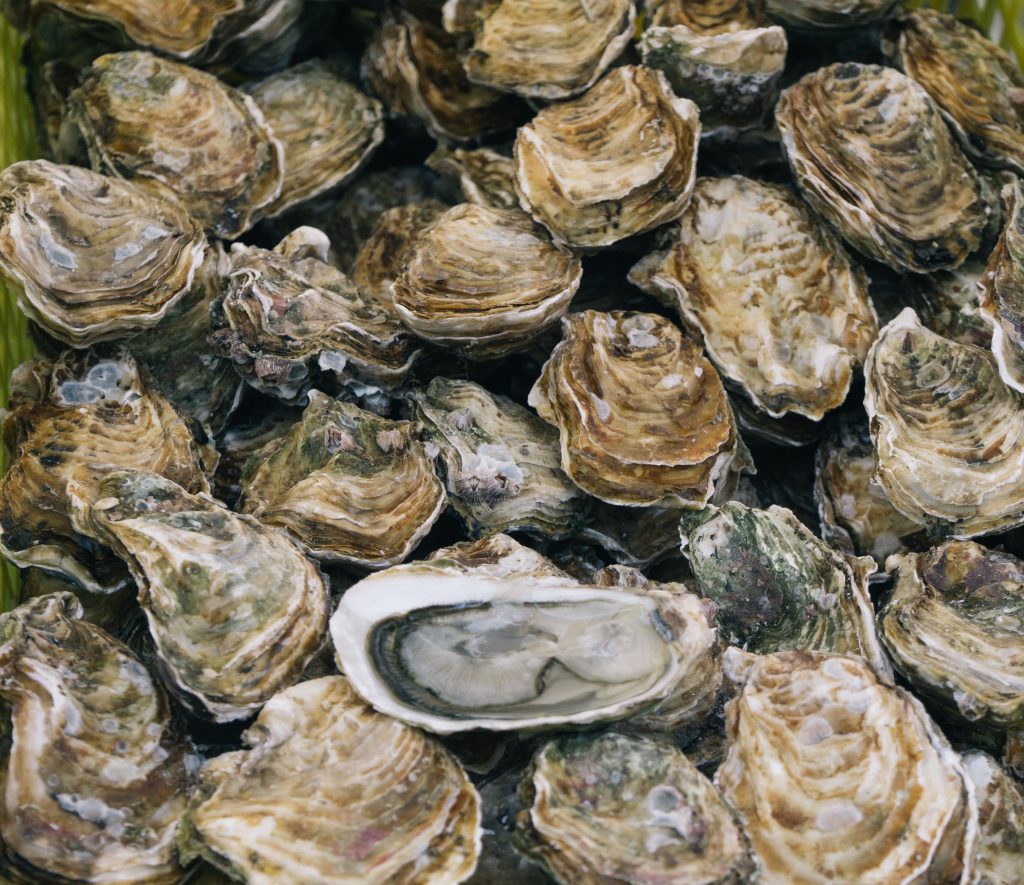All fields are required
Posted in Our Blog on June 11, 2023

St. Louis County has issued a public health alert for raw oysters after a Missouri man died after eating them. Here is everything we know about Missouri Vibrio Raw Oysters:
This week, the St. Louis County Department of Health issued the below public health notice on their Twitter:
PUBLIC HEALTH ALERT: Anyone who recently purchased oysters from The Fruit Stand & Seafood, 14433 Manchester Road in Manchester, should dispose of them, DPH announced Friday after learning that a man had died after eating raw oysters sold by the establishment.
The full health alert states:
Vibrio bacteria naturally live in certain coastal waters and are present in higher concentrations between May and October when water temperatures are warmer. Most people become infected by eating raw or undercooked shellfish, particularly oysters. Certain Vibrio species can also cause a skin infection when an open wound is exposed to salt water or brackish water. Brackish water is a mixture of fresh and salt water. It is often found where rivers meet the sea.
There’s actually about a dozen but the more prevalent species are Vibrio parahaemolyticus, Vibrio vulnificus, and Vibrio alginolyticus. People mostly contract vibriosis by eating raw or undercooked shellfish, especially the popular oysters.
One of the scary Vibrio species is Vibrio vulnificus, which can cause necrotizing fasciitis, also known as the “flesh-eating disease”. Necrotizing means causing the death of tissues. Fasciitis means inflammation of the fascia which is the tissue under the skin that surrounds muscles, nerves, fat, organs and blood vessels. The bacteria can enter the skin by cuts and scrapes, burns, insect bites, puncture wounds or surgical wounds. If you have a compromised immune system or condition including Liver disease, Diabetes, Cancer or any illness that weakens the body’s immune system, it is highly recommended to stay out of saltwater or brackish water with open wounds. The CDC claims that “Many people with Vibrio vulnificus infection require intensive care or limb amputations, and about 1 in 5 people with this infection die, sometimes within a day or two of becoming ill”.
Did you know that Oysters have been around since the start of humanity? Yes! Fossil records show the oyster has been around for millions of years. Oysters were a delicacy for the wealthy class during the Greek and Roman empires. We have come a long way since the Triassic period and so have Oysters.
So, how do you spot a bad Oyster? well you can’t. You are not able to tell if an oyster is contaminated by just looking at it or smelling it because the bacteria is present in the water where live oysters feed. Raw or undercooked oysters or other shellfish Oysters are more prone to the bacteria. Some people with pre-existing conditions are at high risk of becoming seriously ill and dying from eating raw oysters.
Below are the most common foods linked to Vibrio according to the CDC:
It is important to not eat raw or undercook oysters or other shellfish, in order to avoid vibriosis.
What are the symptoms?
Most people with a mild case of vibriosis recover after about 3 days with no lasting effects. However, people with a Vibrio vulnificus infection can get seriously ill and need intensive care or limb amputation. About 1 in 5 people with this type of infection die, sometimes within a day or two of becoming ill.
When ingested, Vibrio bacteria can cause:
In order to stay safe and reduce the risk of vibriosis the CDC recommends the following:
If you are out at a restaurant, order oysters that are thoroughly cooked. Fully cooking the shellfish or oyster can be very effective in killing the Vibrio bacteria. If you are cooking shellfish in the shell, boil them until the shells open and continue to boil another 3-5 minutes or add to steamer and cook for another 4-9 minutes. If you are cooking Shucked Oysters , which is an opened oyster, boil or simmer shucked oysters for at least 3 minutes or until the edges curl. Fry at 375 degrees for at least 3 minutes. Broil 3 inches from heat for 3 minutes. Bake at 450 degrees for 10 minutes.
See a doctor right away if you have symptoms of the flesh-eating bacteria. Symptoms can include Ulcers, blisters, or black spots on the skin, changes in the color of the skin, pus or oozing from the infected area, dizziness, fatigue and Diarrhea or nausea. Acting fast is the key. ]
The Lange Law Firm
Our mission is to help families who have been harmed by contaminated food or water. When corporations cause Vibrio and Ecoli food poisoning outbreaks or Legionnaires disease outbreaks, we use the law to hold them accountable. The Lange Law Firm, PLLC is the only law firm in the nation solely focused on representing families in food poisoning lawsuits and Legionnaires disease lawsuits.
If you were infected with Vibrio after eating raw oysters and are interested in making a legal claim for compensation, we have a Vibrio lawyer ready to help you. Call us for a free no obligation legal consultation at (833) 330-3663 or send us an e-mail here.